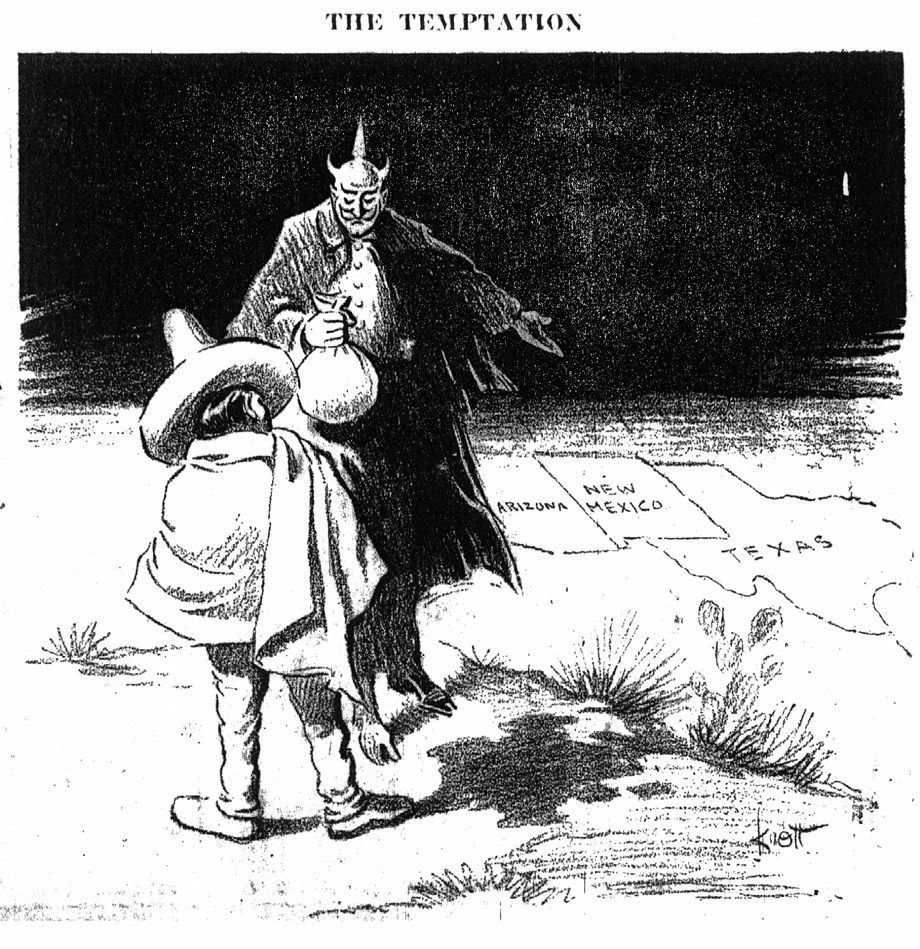
Some historians refer to early twentieth century Europe as a militaristic powderkeg, ready to go off at the merest suggestion of a spark. European nations at that time were eager for war so that they could prove their superiority over other nations. They had growing militaries and had joined together to form opposing military alliances, pledging to support their partner nations in case of war.
The spark that set off World War I was no mere suggestion. On June 28, 1914, a young Serbian patriot shot and killed Archduke Franz Ferdinand, the heir to the Austro-Hungarian Empire in the city of Sarajevo. One month later, Austria-Hungary declared war on Serbia. Within a month, each side’s allies had joined the fray and World War I was underway.




















